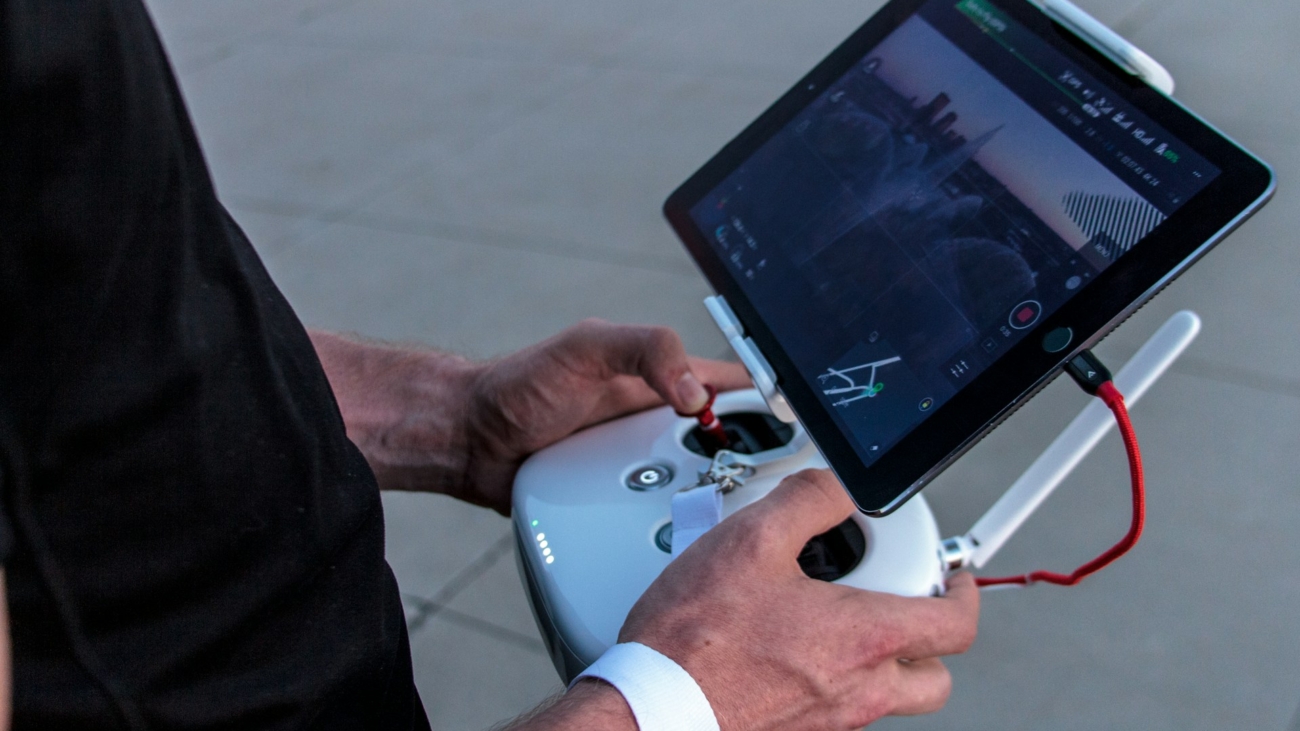As technology continues to advance, the role of drones in urban areas is expanding rapidly. Drones, or unmanned aerial vehicles (UAVs), are increasingly being used for delivery services, surveillance, and emergency response, bringing numerous benefits to smart cities. However, the widespread adoption of drones also raises significant concerns regarding safety and privacy. To address these challenges, it is essential to develop comprehensive regulations that ensure the responsible use of drones in urban environments. This article explores the future regulation of drone usage in smart cities, focusing on the key areas of delivery, surveillance, and emergency response.
The Promise of Drones in Smart Cities
Drones offer several advantages that make them an attractive option for various applications in smart cities:
- Efficiency: Drones can quickly and efficiently deliver goods, reducing traffic congestion and lowering carbon emissions associated with traditional delivery methods.
- Surveillance: Drones provide a cost-effective and versatile means of monitoring urban areas, enhancing security and public safety.
- Emergency Response: Drones can assist in disaster management, search and rescue operations, and medical emergencies, providing real-time data and rapid response capabilities.
Key Areas for Regulation
To harness the potential of drones while addressing safety and privacy concerns, regulators must focus on several critical areas:
- Operational Safety
- Privacy Protection
- Air Traffic Management
- Data Security
- Public Awareness and Engagement
- Environmental Impact
1. Operational Safety
Ensuring the safe operation of drones in urban areas is paramount. Regulations should address:
- Licensing and Training: Require drone operators to obtain licenses and undergo training to ensure they are qualified to operate drones safely in complex urban environments.
- Safety Standards: Establish safety standards for drone manufacturing, including collision avoidance systems, geofencing technology, and fail-safe mechanisms.
- Flight Restrictions: Implement no-fly zones around sensitive areas such as airports, government buildings, and schools to prevent accidents and unauthorized surveillance.
2. Privacy Protection
Drones equipped with cameras and sensors can pose significant privacy risks. Regulations should include:
- Data Collection Limitations: Limit the type and amount of data drones can collect, ensuring that personal and sensitive information is not captured without consent.
- Transparency Requirements: Require drone operators to inform the public about the purpose and scope of surveillance activities, including how data will be used and stored.
- Consent Mechanisms: Implement mechanisms for obtaining consent from individuals before capturing their images or data, particularly in residential areas.
3. Air Traffic Management
As the number of drones in urban airspace increases, effective air traffic management becomes crucial. Regulations should focus on:
- Integration with Existing Systems: Develop systems to integrate drone traffic management with traditional air traffic control to prevent collisions and ensure smooth operations.
- Real-Time Monitoring: Implement real-time tracking and monitoring systems for drones to enhance situational awareness and enable timely interventions in case of deviations from approved flight paths.
- Communication Protocols: Standardize communication protocols for drones to ensure interoperability and coordination between different operators and systems.
4. Data Security
The data collected by drones must be securely managed to prevent unauthorized access and misuse. Regulations should address:
- Encryption: Mandate the use of encryption for data transmission and storage to protect against cyberattacks and data breaches.
- Access Controls: Implement strict access controls to ensure that only authorized personnel can access and use drone-collected data.
- Data Retention Policies: Establish clear data retention policies to determine how long data can be stored and when it should be deleted to minimize privacy risks.
5. Public Awareness and Engagement
Public acceptance of drone usage in urban areas is crucial for the successful implementation of regulations. Efforts should include:
- Education Campaigns: Conduct public education campaigns to inform citizens about the benefits and risks of drone usage, as well as their rights and protections under new regulations.
- Community Involvement: Involve local communities in the regulatory process to address their concerns and ensure that regulations reflect public sentiment.
- Feedback Mechanisms: Establish channels for the public to provide feedback on drone operations and report any issues or violations.
6. Environmental Impact
Drones can contribute to environmental sustainability, but their impact must be carefully managed. Regulations should consider:
- Noise Pollution: Set limits on noise levels produced by drones to minimize disturbance to urban residents and wildlife.
- Energy Efficiency: Encourage the use of energy-efficient drone technologies to reduce the environmental footprint of drone operations.
- Wildlife Protection: Implement guidelines to prevent drones from disturbing or harming wildlife, particularly in urban parks and natural reserves.
Conclusion
The future regulation of drone usage in smart cities must strike a balance between leveraging the benefits of drone technology and addressing the associated risks. By focusing on operational safety, privacy protection, air traffic management, data security, public awareness, and environmental impact, policymakers can develop comprehensive regulations that ensure the responsible use of drones. These regulations will not only enhance the efficiency and safety of urban services but also build public trust and acceptance, paving the way for the successful integration of drones into the fabric of smart cities. As technology continues to evolve, ongoing collaboration between regulators, industry stakeholders, and the public will be essential to adapt and refine these regulations to meet emerging challenges and opportunities.

